Seaford Railway Bridge
Inside South Australia’s longest rail bridge construction
The Seaford Railway Bridge stands as a significant achievement in South Australian infrastructure development. This remarkable construction project, completed in 2014, forms the centrepiece of the 5.7km rail extension from Noarlunga Centre to the Seaford District Centre.
The Australian Government fully funded this initiative as part of a $2bn public transport investment in South Australia.
Engineering Excellence
The Onkaparinga Valley Bridge, spanning 1.2 kilometres, represents the longest bridge in South Australia. With 21 spans positioned 53m apart, the structure showcases innovative engineering solutions. The bridge height varies from 22m at the northern end to 13m at the southern end, demonstrating exceptional design capabilities in managing the challenging terrain.
Infrastructure Development
The rail extension incorporates two new stations at Seaford Meadows and the Seaford District Centre. A modern bus interchange enhances transport connectivity, while park and ride facilities provide convenient access for local residents. The entire railway infrastructure operates on a 25kV traction power system, ensuring efficient and reliable service.
Community Impact
This strategic infrastructure expansion addresses the growing population needs within the Onkaparinga South Coast area. The railway development reduces travel times and environmental impact by decreasing road traffic. The project created employment opportunities for more than 400 people during its four-year construction period.
Conclusion
The Seaford Railway Bridge exemplifies modern infrastructure development in Australia. Its completion marks a significant milestone in Adelaide’s public transport network, delivering lasting benefits to the southern suburbs while setting new benchmarks in railway engineering excellence.

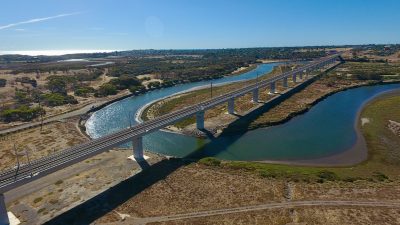
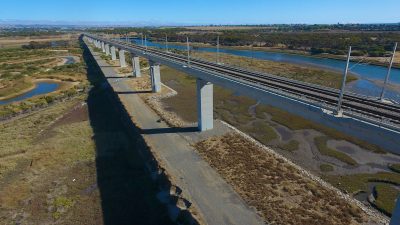
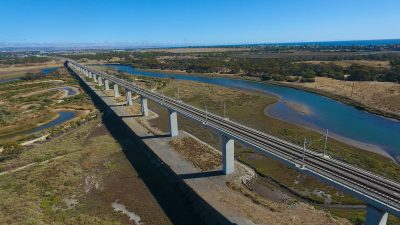



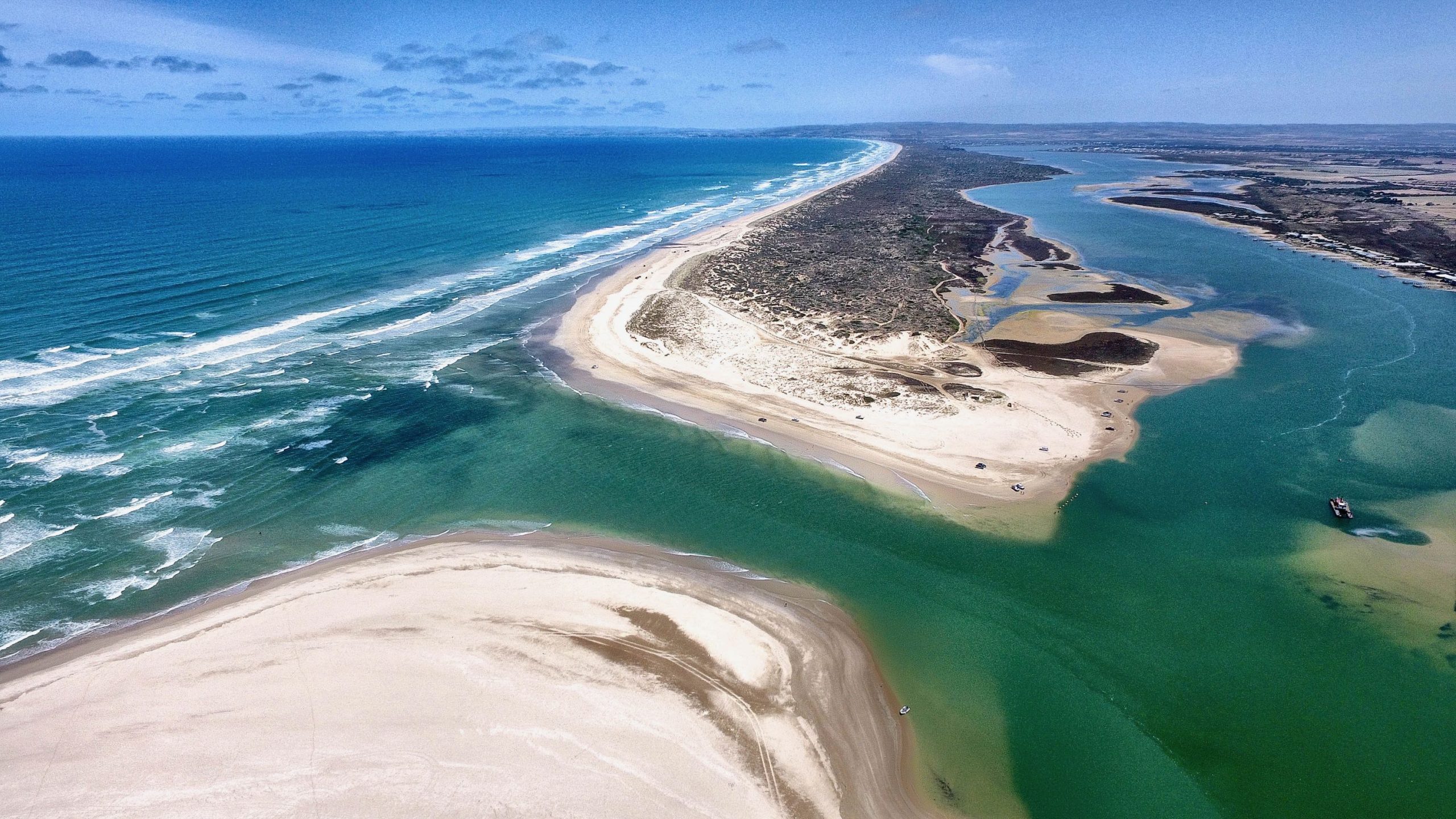

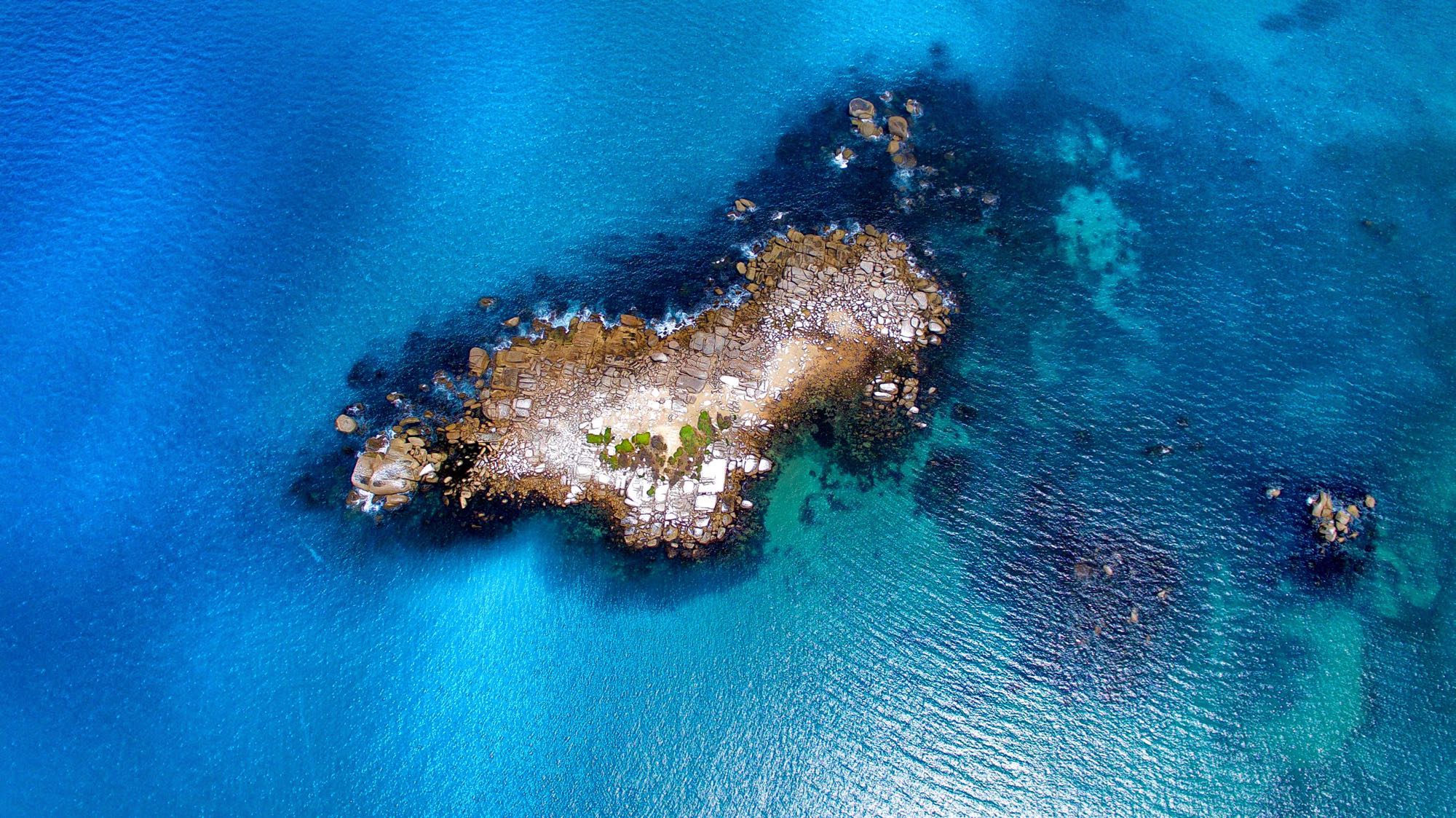
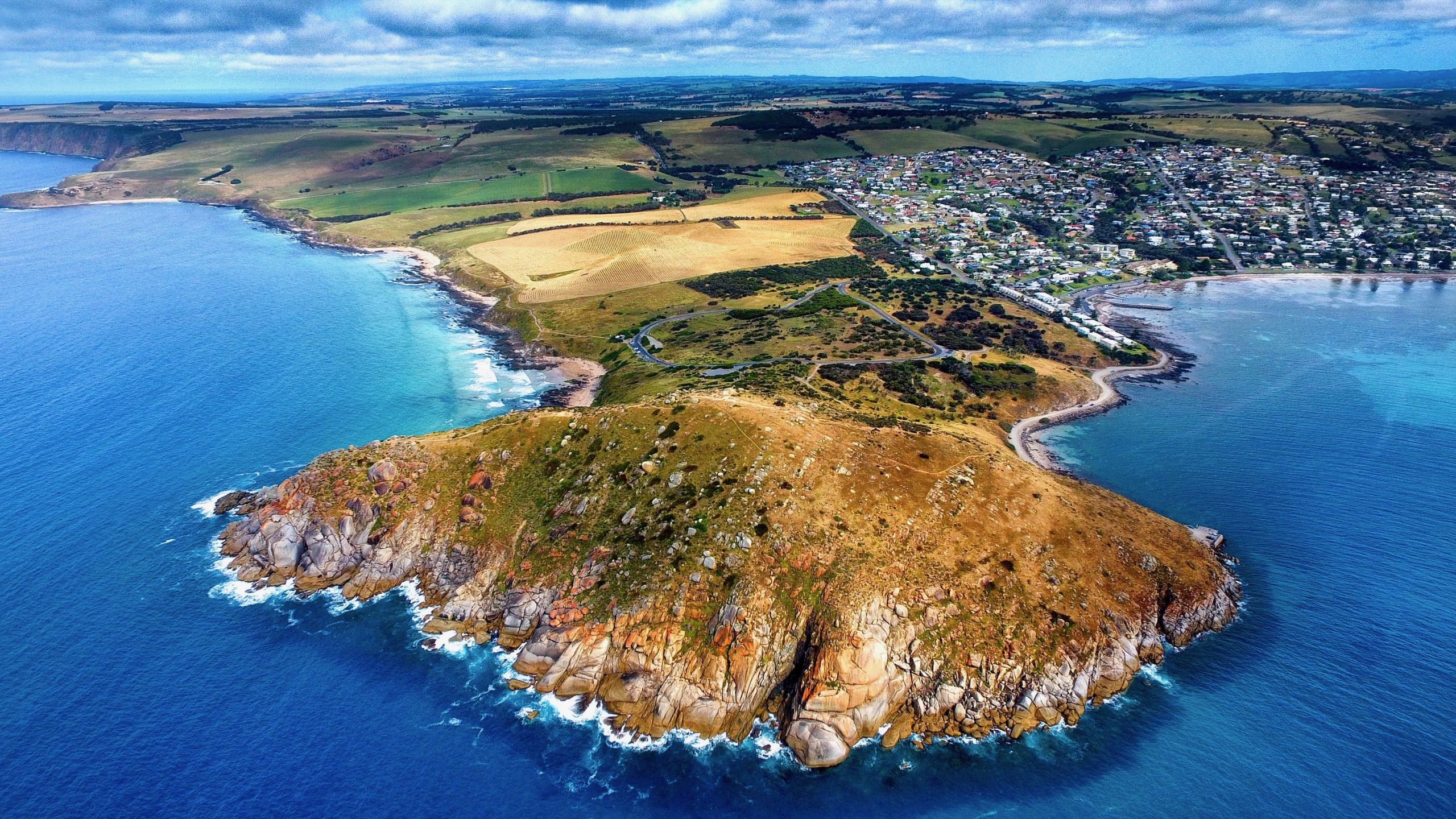
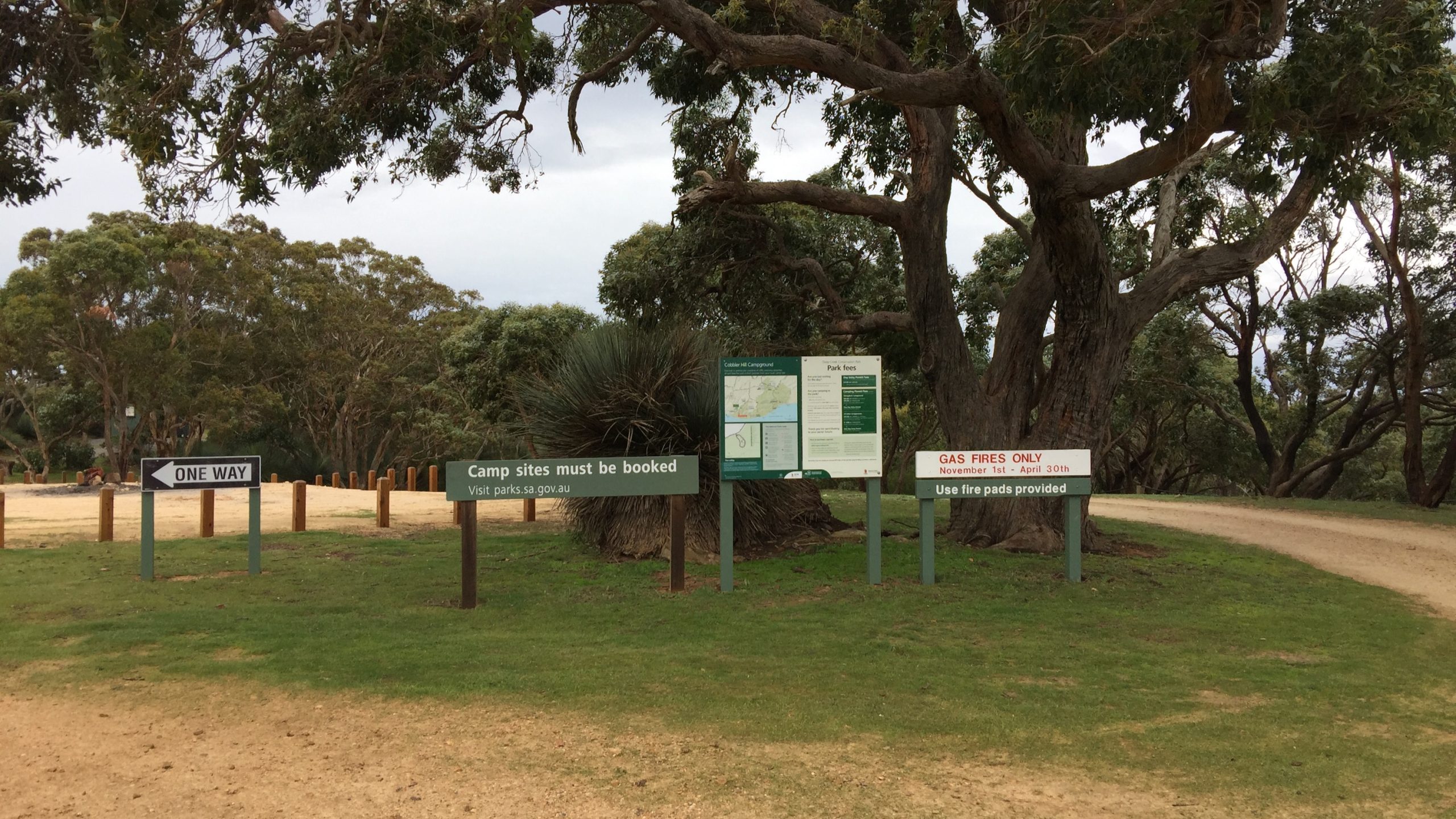


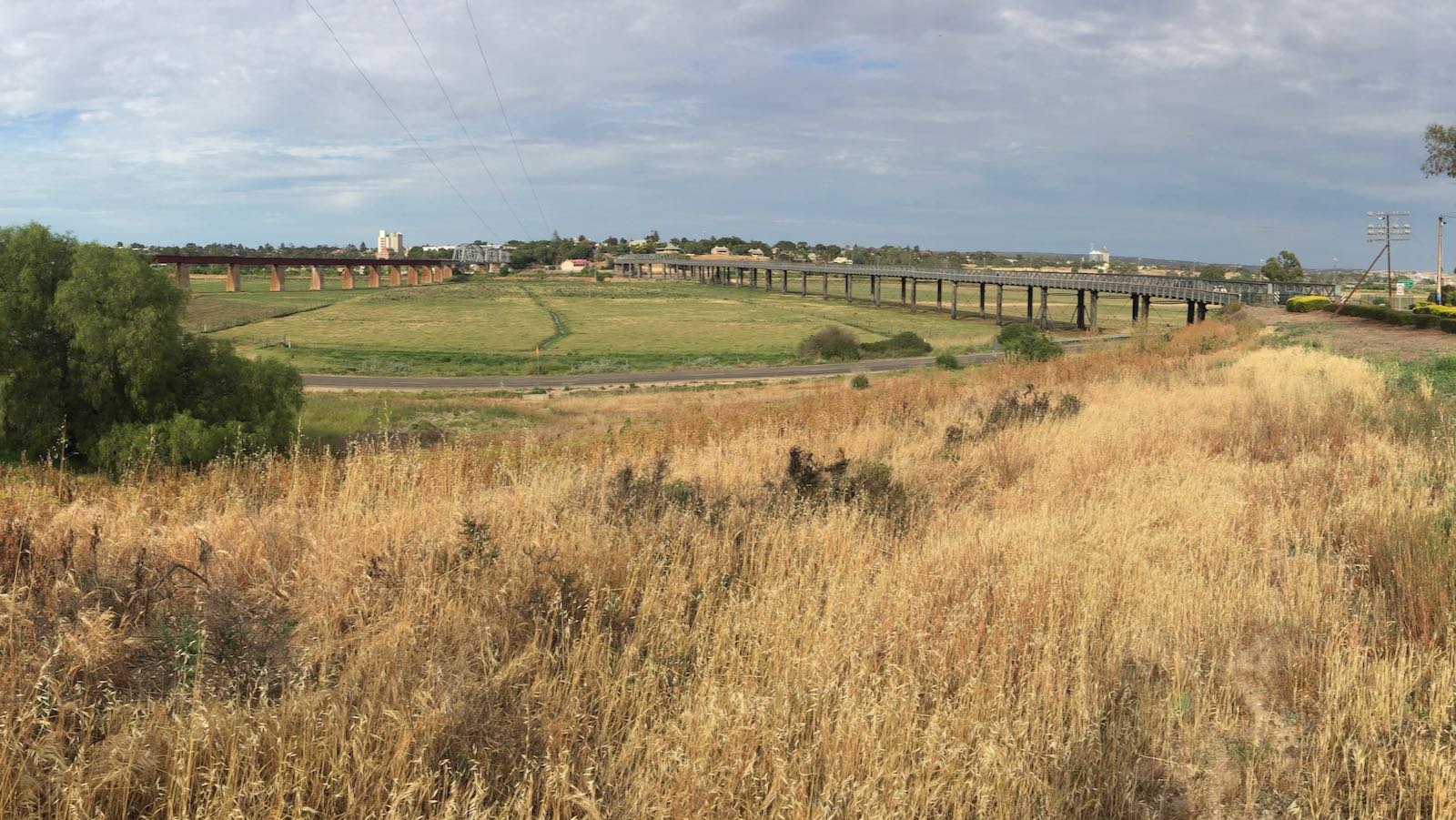
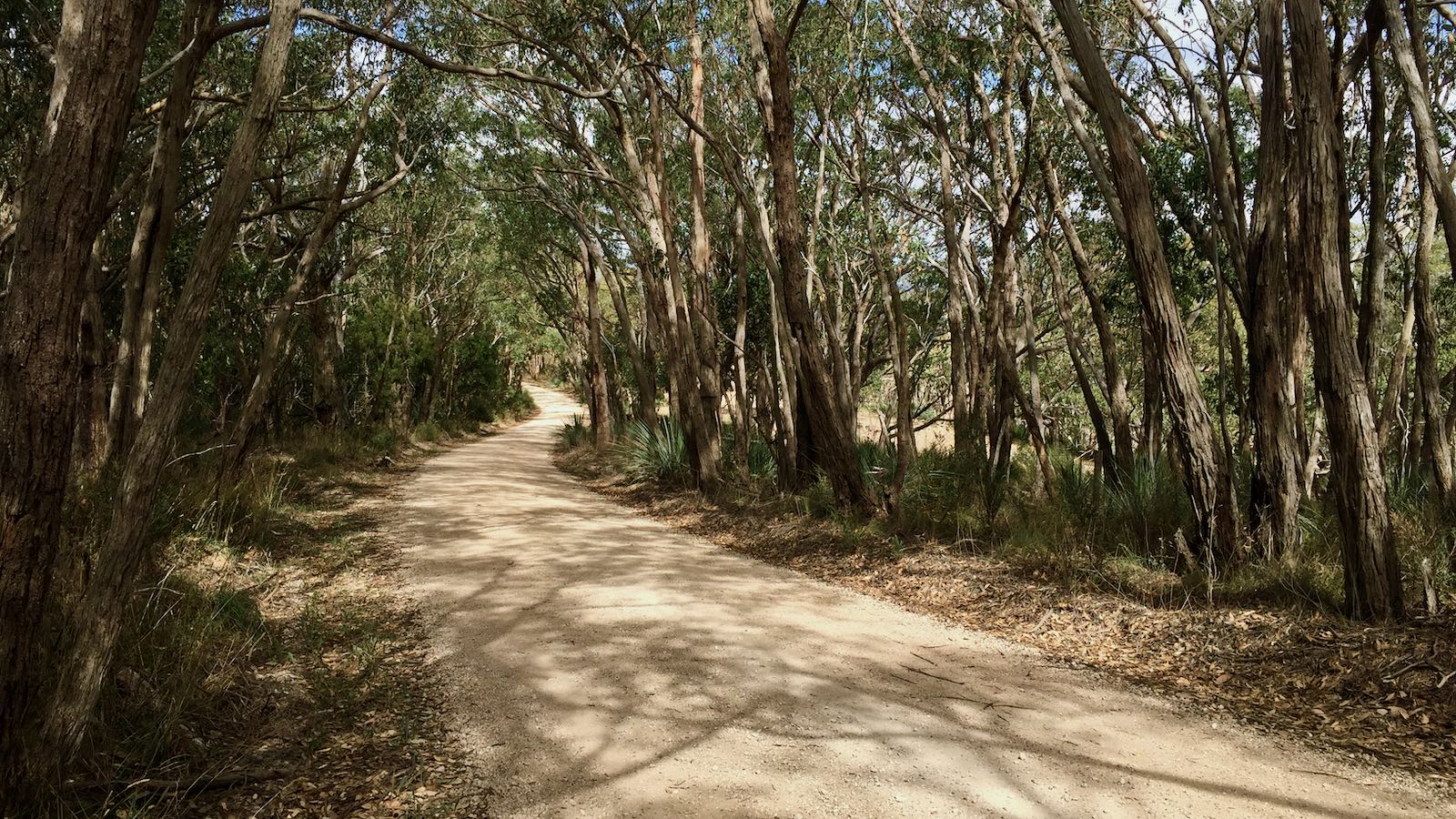
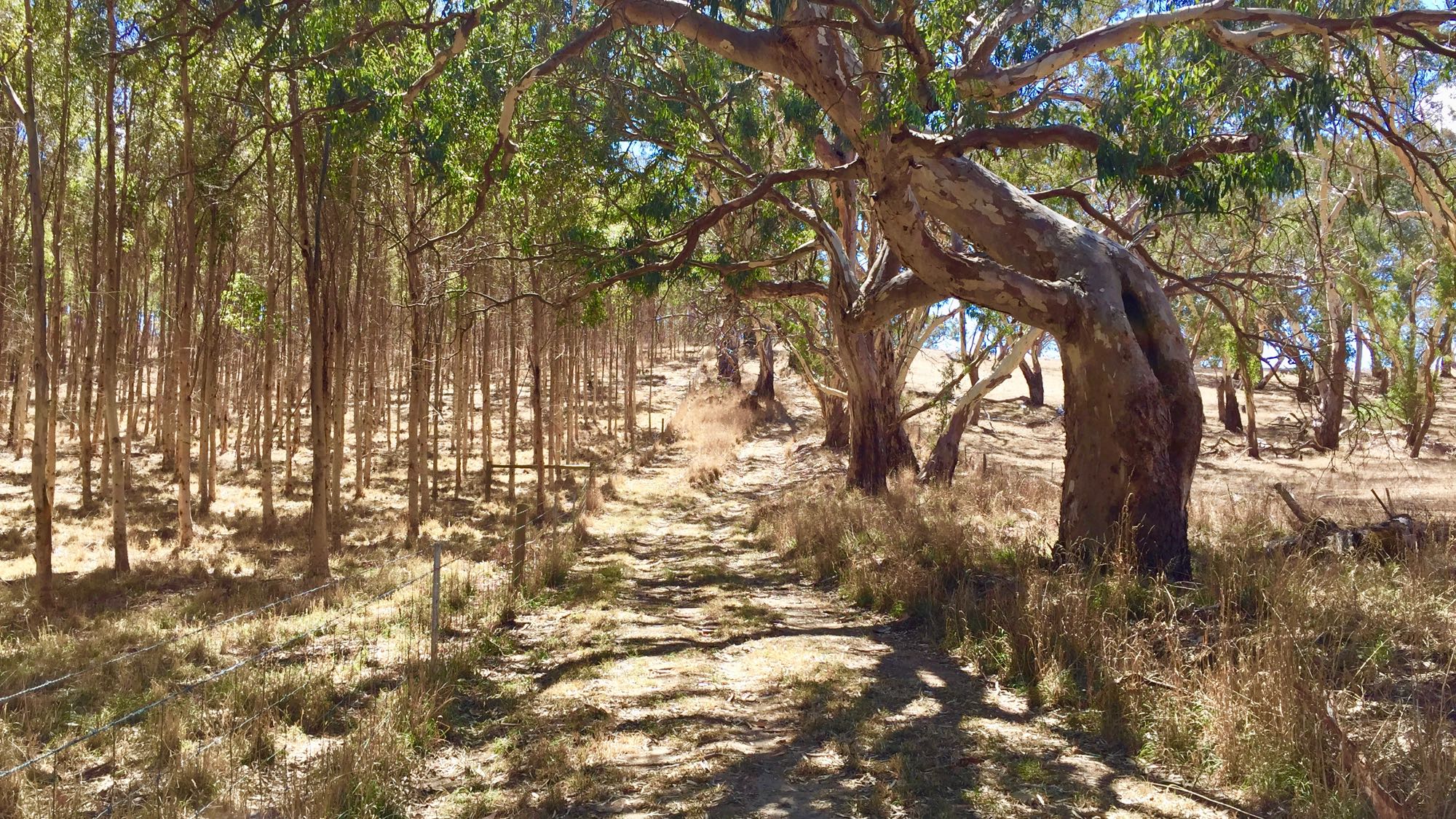
Leave A Comment